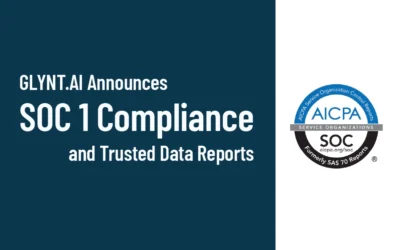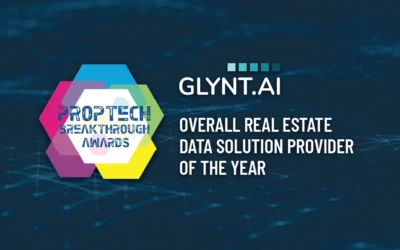It seems simple to produce data where 2 + 2 = 5 is rejected, and where “O” is not confused with “0.” These are common errors in manual sustainability systems, and it is actually hard. Our informal summary from what customers tell us is that the data quality checks are 2.5X the cost of manual data entry itself. But what is the right data Quality Assurance (QA) system?
Here at GLYNT we believe that sustainability data should be produced as rigorously as financial data. We are a certified data preparation system, essentially GLYNT’s data preparation system has been audited so our customers don’t have to build and audit their own data prep system. And one of the key lessons of compliance is that It Takes a System.
The Pyramid of Accuracy is our way of explaining how GLYNT produces accurate data. The foundational layer ensures complete data, and one works through all the layers, checking every step with metrics, to produce reliable data. This is the system of data preparation that delivers the data investors can count on.

Talk to GLYNT about our data services. You’ll get finance-grade sustainability that saves you time and money. GLYNT produces water, waste energy and emissions data at the company, site and product level.




